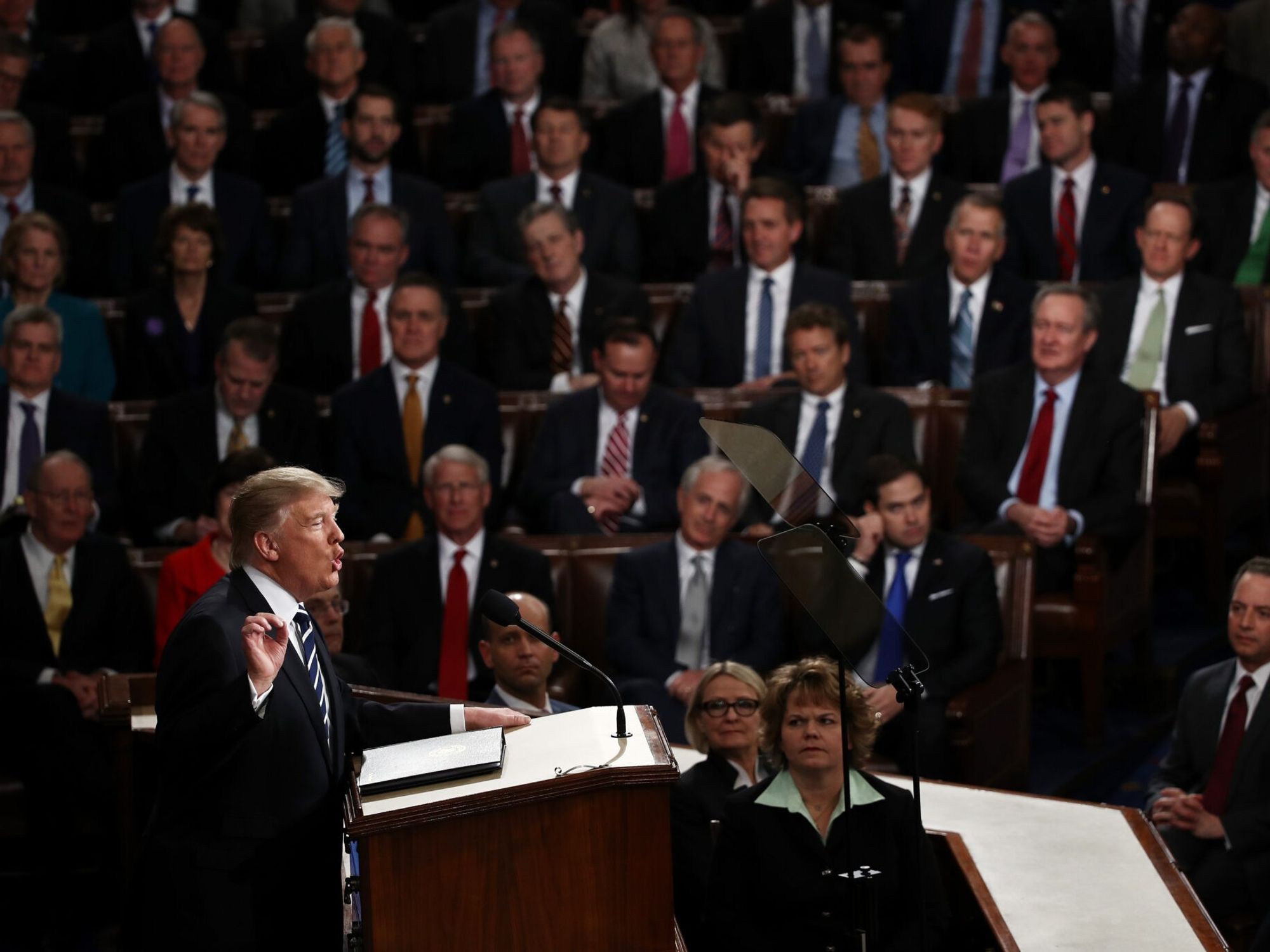
Robert J. Eatinger, Jr.
Bob has 35 years of experience practicing law in the fields of national security, intelligence, and international law. He is a solo practitioner at Robert J. Eatinger, Jr., PLLC, practicing federal law with a national security and intelligence law focus and the founding Principal of SpyLaw Consulting, LLC. Bob retired from the Central Intelligence Agency in 2015 where he was the Senior Deputy General Counsel. He served as CIA’s Acting General Counsel from October 2013 to March 2014. Before being named the Senior Deputy General Counsel, Bob had held senior operational law positions and been chief of CIA’s litigation division. Bob also served on active duty in the United States Navy, Judge Advocate General’s Corps, and retired in 2013 as a Captain with 30 years of combined active and reserve service.
Cipher Brief Expert Robert J. Eatinger is former senior deputy general counsel at the CIA. He has 35 years of experience practicing law in the fields of national security, intelligence, and international law. He is a solo practitioner at Robert J. Eatinger, Jr., PLLC, practicing federal law with a national security and intelligence law focus and is the founding Principal of SpyLaw Consulting, LLC. Bob previously served in the United States Navy, Judge Advocate General’s Corps.
OPINION — The United States’ withdrawal from Afghanistan does not end the fight against terrorism or the need to equip our Armed Forces for that fight, but it does provide the Administration and Congress an opportunity to sharpen their focus on ensuring our soldiers, sailors, and airmen maintain their technological edge over near-peer competitors Russia and China. Doing so will require incentivizing America’s commercial industrial base to commit its innovative talents to the defense market. We can only do that if we significantly change the defense acquisition process. We need an acquisition system that attracts, rather than repels, innovators.
While the U.S. military is still the world’s most powerful military, Russia and China are not far behind. China is developing “game-changing military technologies” and may only need five years to surpass the U.S. military. According to The Washington Post, Biden Administration officials are concerned that China’s growth in satellites, ballistic missiles, bombers, fighter aircraft, submarines and naval vessels could reflect that America’s technological edge is eroding. The National Security Commission on Artificial Intelligence warned in 2019 that China possesses the “might, talent, and ambitions to challenge America’s technological leadership, military superiority, and its broader position in the world” and predicted the United States may well lose its leadership position in AI to China in the next decade if it does not act. Perhaps of greatest concern, in order to defeat China in a recent war game simulating a conflict with China over Taiwan, the United States reportedly had to rely on technologies and capabilities neither in production nor even planned for development. This is a problem that we cannot wait to solve.
Congress has passed legislation—and DOD has promulgated regulations—with the intent to foster more innovation for the Defense Department. But the half-measured tinkering with the existing, overly complex system has not worked. A Director of Government Accounting Office (GAO) testified earlier this year that despite more than two decades of DOD and Congress trying to improve how DOD acquires new weapons systems, “many programs continue to fall short of cost, schedule, and performance goals [and] as a result, DOD faces challenges delivering innovative technologies to the warfighter.” That is not correct. The challenges DOD faces in acquiring more innovative technologies do not result from delivering overbudget, late, and less-than-advertised weapons systems. Those circumstances are not the problem; they are symptoms of the problem. What is making it difficult for DOD to bring innovative technologies to the warfighter is a defense acquisition system that is needlessly complex, expensive, and risk-averse.
To obtain innovative technologies, we need a new approach that is less heavy handed. An August 2021 article in the New Atlanticist calls for Congress and DoD to reexamine defense acquisition laws and regulations that impede competition, stifle innovation in the military tech sphere, and do little to prevent wasteful spending. An article in the September 2021 issue of the U.S. Naval Institute’s Proceeding calls out the procurement process itself as a major contributing factor to cost overruns. It notes that, “major programmatic mistakes and redesigns still occur under this overmanaged system.” Yet, the automatic response to these mistakes is to add more management and oversight. A veteran military aviation analyst put it this way: “Well, in business you fail, you go on. If DOD fails, there are new laws and procurement rules.”
The article argues we can no longer accept the cost, time, and technology problems of the current process. Major defense suppliers must have massive staffs to answer all the government’s questions. The smaller companies pursuing cutting-edge technologies cannot afford equivalent staffs, limiting their ability to pursue DOD contracts and offer new perspectives on innovation and DOD technologies.
The Cipher Brief hosts private briefings with the world’s most experienced national and global security experts. Become a member today.



